Ever wondered what happened to your favourite car model? Some vehicles, once popular and iconic, eventually fade into obscurity. Today, we’re taking a nostalgic trip down memory lane to explore 10 cars that were once a staple on Indian roads but are now discontinued cars in india.
From family sedans to sporty hatchbacks, these cars left their mark on the automotive landscape. Join us as we delve into the reasons behind their discontinuation and reminisce about the memories they created.
1. Maruti Suzuki Alto 800
The Maruti Alto 800, once the cheapest model in the carmaker’s range, was stopped this year, marking the end of the legendary 3-cylinder, 796cc petrol engine (known as F8D) that had been used by the brand in India for forty years.
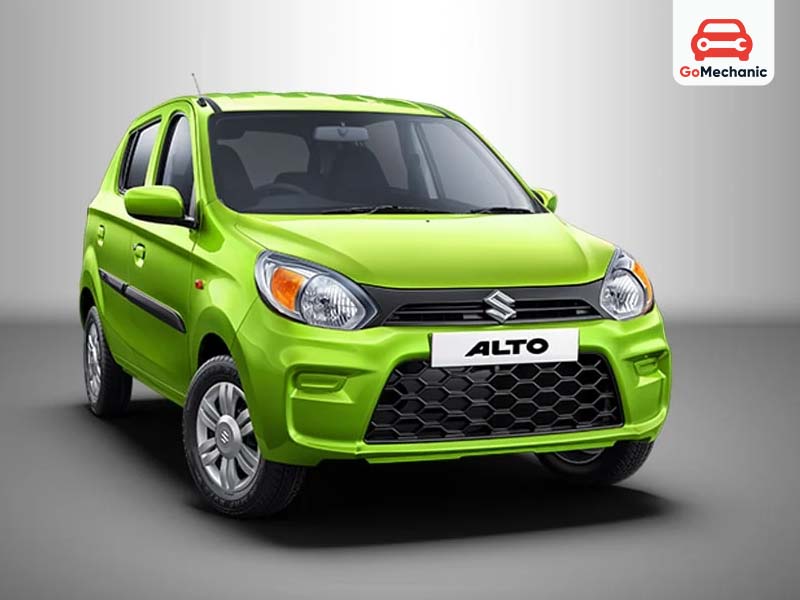
With the arrival of the newer Alto K10 in August 2022, there was a pricing overlap between the two models. Maruti decided to streamline the Alto lineup by focusing solely on the K10 model, instead of maintaining a less popular 800cc engine that was not utilized in any of its other models.
2. Kia Carnival
The Kia Carnival was also removed from sale this year, being removed from the manufacturer’s website in June. Actually, the majority of dealers had ceased accepting new orders by April when the RDE norms were introduced, with only a few remaining unsold units for a few additional months.
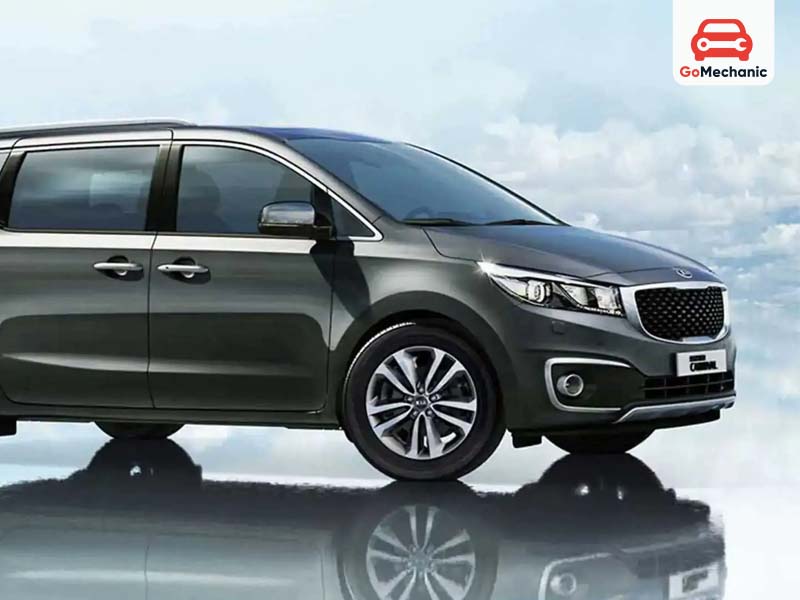
Nonetheless, a brand-new iteration of the Carnival is set to launch in India during the latter part of 2024, and this time around, the Indian version will match the international specifications, unlike the previous model which lagged behind. The next Carnival will be bigger, much more upscale, and may also come with a significant price increase.
3. Mahindra KUV100 NXT
Presented with only one petrol engine choice, the KUV100 was Mahindra’s least expensive and smallest model at the time and notably featured a 6-passenger configuration with front-row bench seats available in certain versions.
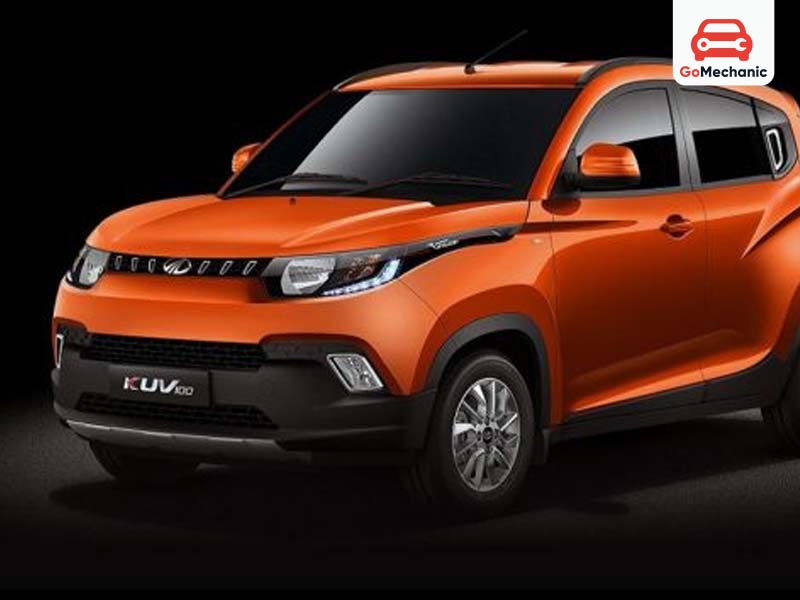
Nevertheless, with no substantial improvements made over time, the vehicle was quite outdated, leading Mahindra to see no reason to update the model in order to adhere to stricter emission regulations due to low monthly sales.
4. Skoda Superb
In June of this year, Skoda, the Czech car manufacturer, stopped producing their top-of-the-line luxury sedan, the Superb. Reports state that this high-end sedan was discontinued in India due to its EA888 EVO3 powertrain not meeting the BS6 Phase 2 emission standards.
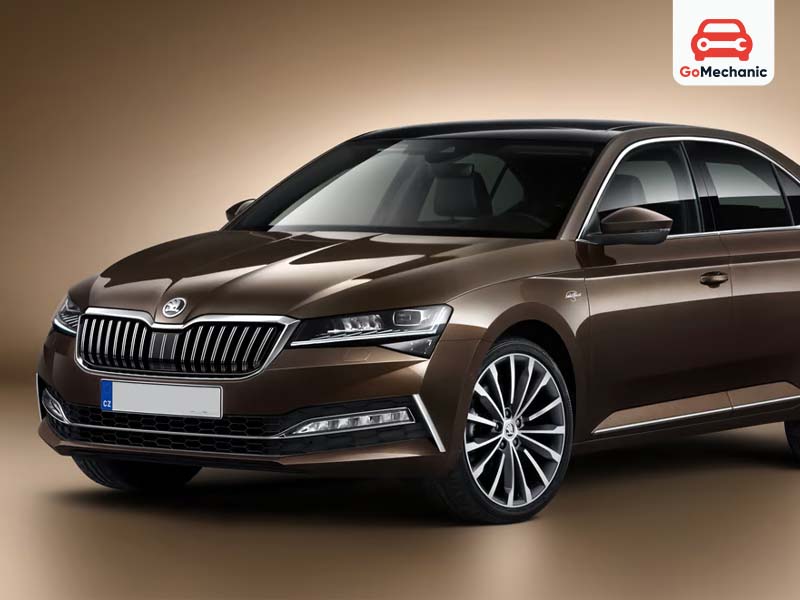
The reports mentioned that Skoda decided not to replace it with the EVO4 powertrain because it was not practical. Due to this inconvenience, the company decided to completely remove the model from its range.
Also Read: Volkswagen Taigun vs Skoda Kushaq
5. Honda Jazz
After years of weak sales, Honda, the big Japanese car company, finally stopped production of its Jazz hatchback in India. The main cause for its termination was the introduction of stricter BS-6 emission regulations.
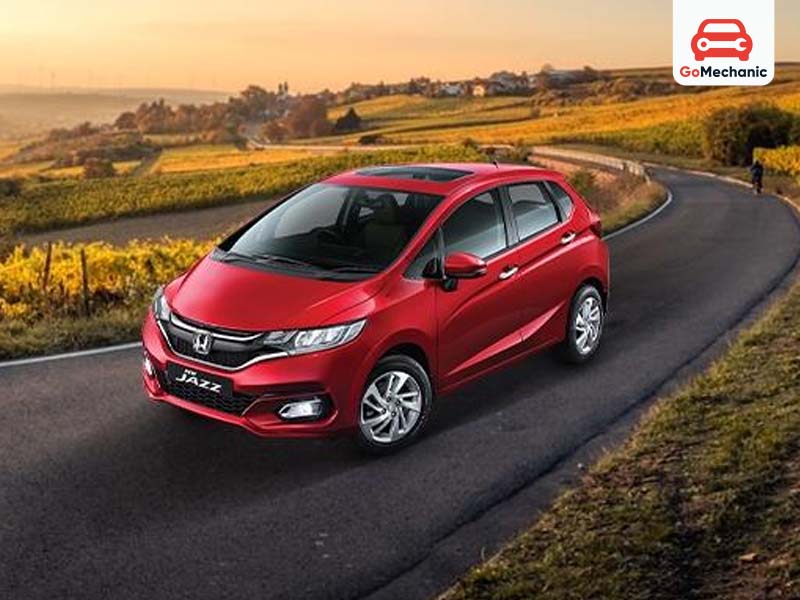
Currently, there are no hatchbacks available in the Honda lineup in India, and it appears that the company has no plans to introduce a new hatchback in the near future in the Indian subcontinent. It was recently revealed that an SUV offensive strategy will be introduced in India.
6. Nissan Kicks
Nissan ceased production of the Kicks (midsize) SUV before the implementation of the RDE norms in 2023, and the only remaining model in India from the brand is the Magnite in the midsize segment. The Kicks debuted in 2019 to compete with Creta in the midsize SUV category, but it didn’t achieve strong sales despite its competitive pricing.
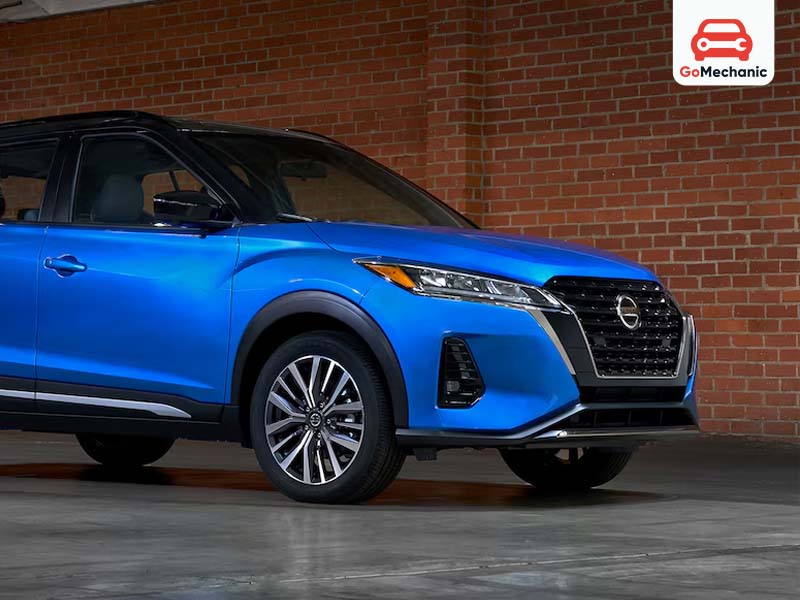
It came with various petrol and diesel engine options over the years, among which was a 156hp, 1.3-litre turbo-petrol engine that used to be the top choice in its category. However, because it wasn’t regularly updated, it quickly became outdated as new competitors appeared.
7. Honda WR-V
Along with the Honda Jazz, the company also decided to stop producing its crossover SUV WR-V, which was built on the Jazz platform. The causes for its discontinuation were identical as well. The WR-V experienced low sales and its engine did not meet the new BS-6 emission standards.

Honda decided not to update its powertrain to comply with the new RDE regulations, resulting in its removal from the Indian portfolio. The WR-V was fitted with a 1.5-litre four-cylinder engine that produced approximately 97 bhp and 200 Nm of torque.
8. Mahindra Alturas G4
In 2022, Mahindra Automotive, the top SUV maker in India, stopped production of their leading SUV, the Alturas G4. This SUV previously rivalled the Toyota Fortuner and MG Gloster in the full-size premium ladder-on-frame chassis SUV category. Nevertheless, because of low sales, it was removed from the Mahindra product range.
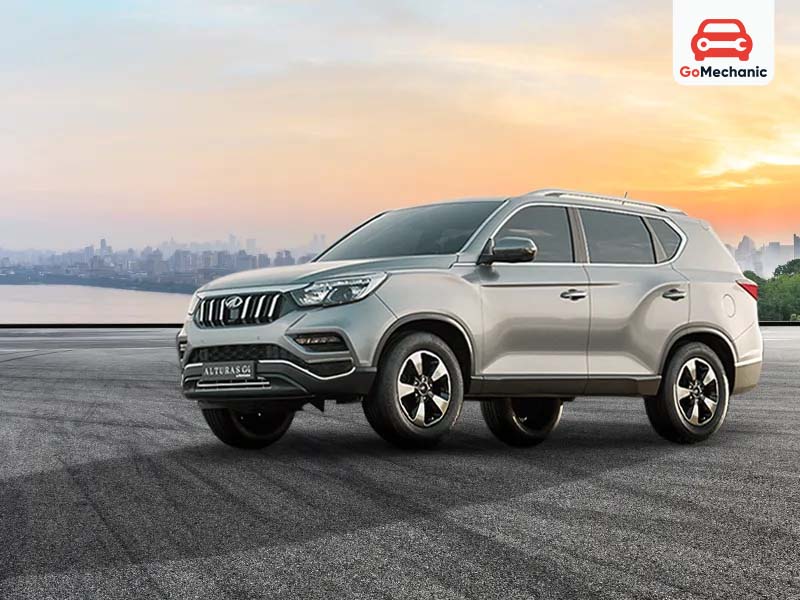
The XUV700 is now the flagship of the Mahindra brand, replacing the previous model. During that period, it was equipped with a 2.2-liter turbo diesel engine that produced a peak power of 181 bhp and 420 Nm of maximum torque.
9. Skoda Octavia
Skoda had already stopped selling the Octavia, its D-segment sedan, in India before discontinuing the Superb. The same reason that led to the Superb being discontinued also applied to it. The Skoda Octavia was only offered with a gasoline engine in the country.
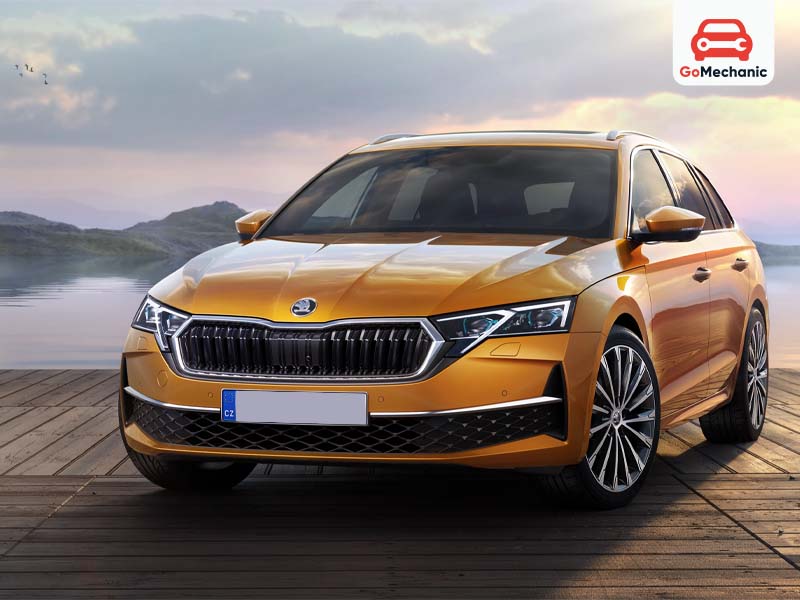
It was equipped with the EA888 EVO3 DQ381-7F drivetrain, which did not meet the updated BS-6 emission regulations. Similar to the Superb, upgrading the EVO3 drivetrain to EVO4 required additional funds, leading Skoda to deem it financially impractical. Therefore, this beloved sedan was eliminated from its range and site.
10. Honda City 4th-gen
The Honda City 4th-gen was discontinued in India mainly because of the implementation of tougher emission regulations, namely BS6 Phase 2 and the new RDE (Real Driving Emissions) norms. Honda considered it unfeasible to invest significantly to update the older model in order to comply with the new regulations.
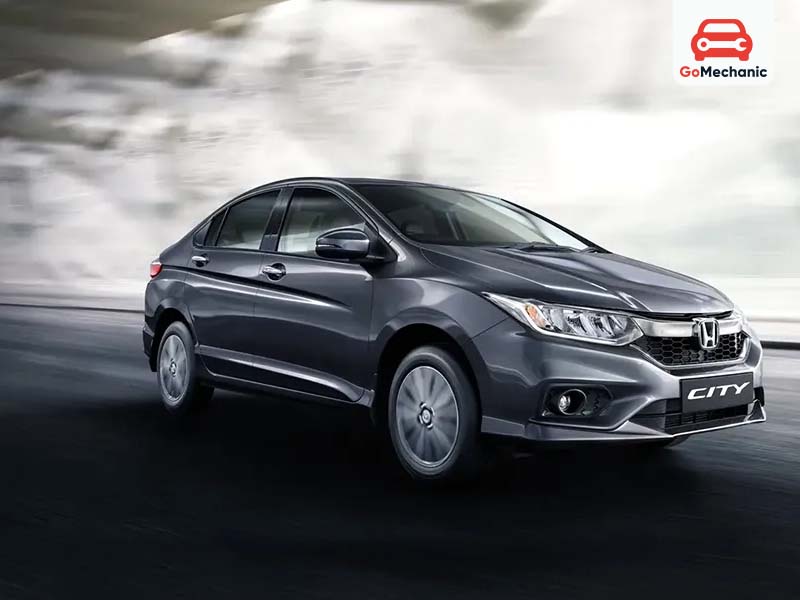
Furthermore, the 5th-generation City had already hit the market, providing a more contemporary and feature-packed choice. Even though the 4th-gen City was performing strongly in sales, Honda chose to shift their attention to the newer model and discontinue the older one.





